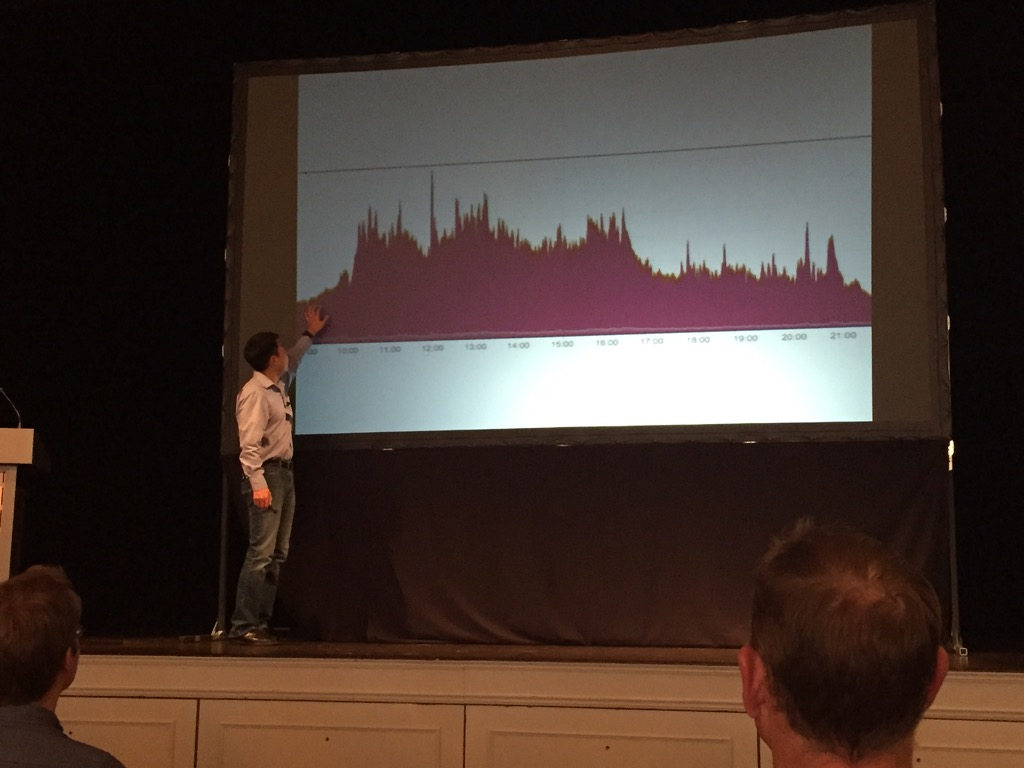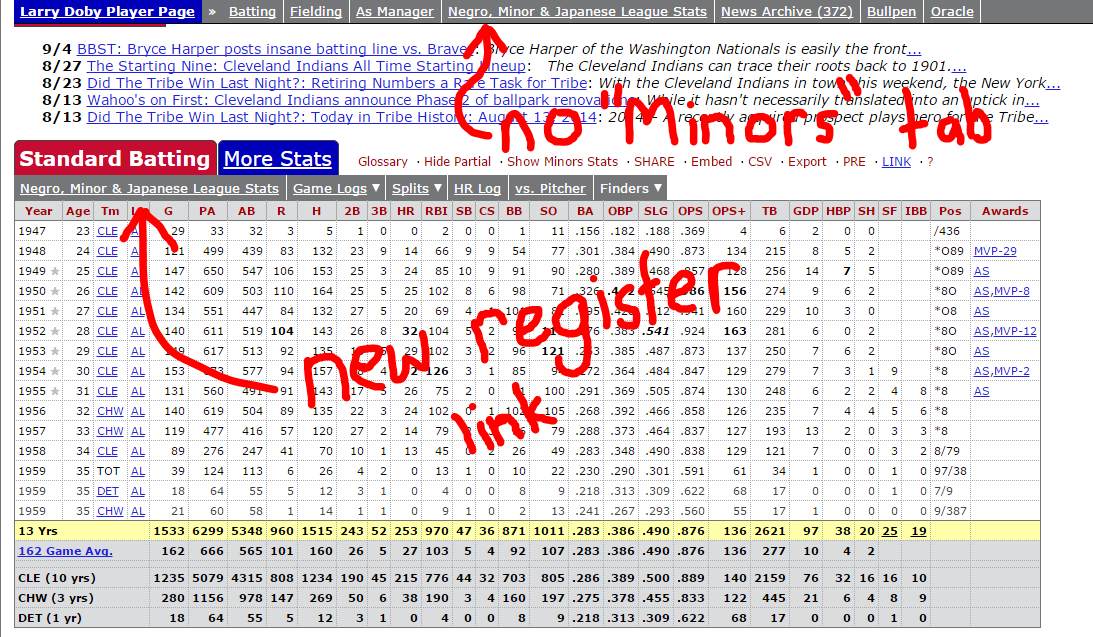TuneIn Provides a Reasonably-Priced Option for NFL Radio Streaming
Not so long ago (read: last year), fans who didn’t feel like ponying up for a NFL Sunday Ticket TV package to follow their favorite out-of-market teams had an option to listen to radio streams from around the country via a service called NFL Audio Pass. The idea was similar to what MLB offers with their Gameday Audio package — pay a nominal fee (NFL Audio Pass was thirty bucks for the season) and get the ability to listen to the football team of your choosing via the web or an app. Things have changed a bit this year, but a third party service is stepping in to provide affordable NFL audio streams.
NFL Audio Pass was killed off this season, instead being rolled into a new service called NFL Game Pass. Game Pass costs $99.99 and allows subscribers to stream television feeds of all NFL teams as soon as their games conclude. It also gives access to games from previous seasons and includes audio streaming features that Audio Pass used to provide. Depending on one’s level of fandom, Game Pass could be a good deal. But for those wanting just the audio streams are left with a pretty serious price hike. There is no “official NFL” option to just stream radio feeds. Tweets and emails to NFL media customer support regarding what other options fans might have all went unanswered.
Enter TuneIn, the Internet radio service. TuneIn allows users to stream real radio stations from all over, including local stations. A premium subscription brings other features, including access to 600+ commercial-free music stations, MLB baseball and Premier League soccer, and even audiobooks. And now, TuneIn has brought the NFL into the fold. For $7.99 a month, users get (along with previously-mentioned features) access to both home and away radio broadcasts of all the NFL teams, Spanish language broadcasts, and a dedicated NFL channel devoted to news and talk shows. A look-in show, a la Red Zone, is also coming. Per the press release:
Starting in November, TuneIn Premium subscribers will have access to a seven-hour-long Sunday broadcast that will feature live analysis, stats, and drop-ins of local radio coverage for all Sunday games airing in-progress. The live look-in show will be live Sundays from 1pm ET – 8pm ET.
With the death of Audio Pass, TuneIn provides the best option for those who only require the audio feed. SiriusXM has long provided NFL game streaming via car radios, online, and apps, but the cheapest package that includes such options is the All Access package, which runs $20 a month.
In the NFL, like with pretty much every sport, video is key. It’s the TV networks that are inking the big deals with teams. MLB.tv basically created MLB Advanced Media, or at least made it what it is today. People like watching sports. So maybe an audio-only option for the NFL isn’t the biggest of deals. But those that subscribed to Audio Pass probably did for a good reason. Either they were stuck in a car or office on Sundays, or the very high cost of NFL Sunday Ticket was too much to follow their favorite out-of-market teams. Blackout rules and streaming availability/costs have long been a point of contention for pretty much every major sport. While NFL Audio Pass wasn’t a perfect solution, it was at least some kind of solution.
Good on TuneIn for stepping in and adding NFL game audio to their repertoire. It’s a nice feature addition to current subscribers, and should bring in former Audio Pass subscribers as well. And perhaps most importantly, it provides a not-expensive and not-illegal method for fans to stay up-to-date on the goings on in TV markets other than their own. It’s a bit of a shame that a third party had to step in to provide this access to the nation’s most popular sport, but TuneIn’s something is certainly better than nothing.







